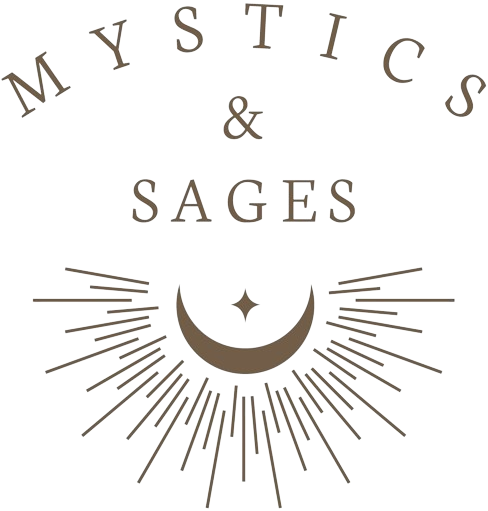
Anthropomorphic Jewelry Design: The Veil Key

Jewelry, in its most profound form, is more than mere adornment—it is language, identity, and history woven into metal and stone. Among the Tuareg people, this truth resonates deeply in their silverwork, where motifs take on human-like forms, whispering of ancestry, tradition, and the unseen forces that shape their world. Nowhere is this anthropomorphic artistry more evident than in the enigmatic veil key.
A veil key—known as ‘assrou n’ swoul,’ meaning ‘the key that will be thrown over the shoulder’—is an object of both function and symbolism. Historically, these keys were used to fasten the veils of Tuareg men and women, serving as both a practical clasp and a mark of elegance. Tuareg women receive these keys as gifts from their husbands and use them to secure their veils against the Saharan winds, while also distinguishing their veils from the face-covering veils worn by men. Once, they also held the purpose of locking away a woman’s valuables in a pouch or wooden box, ensuring their safekeeping. Over time, these keys evolved beyond their utilitarian roots, transforming into ornate jewelry pieces crafted by skilled artisans, passed down through generations as heirlooms of cultural significance.
Little is known about the precise origins of the veil keys, though their lineage stretches into antiquity. Echoes of similar designs can be traced back to the Middle Ages, and some bear resemblance to Roman-era locks. Their craftsmanship reflects a convergence of influences—rooted in the broader Amazigh (Berber) traditions of North Africa, with threads of Sub-Saharan aesthetics interwoven into their intricate patterns. This blending of artistic lineages is a testament to the movement of cultures, the silent dialogues between neighboring peoples, and the fluid exchange of creative expression.
What is most striking about these veil keys is their anthropomorphic nature. Their elongated forms, symmetrical curves, and delicate embellishments often evoke the human figure. Some designs resemble outstretched arms, others seem to bear the impression of a head and torso, as if the metal itself were imbued with life. In this way, Tuareg jewelry does not merely decorate the body—it extends it, mirrors it, and, in some ways, animates it with a presence beyond its wearer.
This same tendency towards anthropomorphism can be seen in Tuareg crosses, where geometric precision subtly hints at stylized human shapes. In both cases, these designs suggest a deep connection between the jewelry and the individual, an interplay between protection and ornamentation, identity and artistry. The veil key, like so many Tuareg adornments, serves as a bridge—between past and present, utility and beauty, human and divine.

Even as their original purpose fades into history, veil keys continue to be forged, their designs as striking and symbolic as ever. They remain an enduring testament to the refined aesthetic sensibilities of Tuareg artisans and the unbreakable link between jewelry and the spirit of those who wear it. In every curve and contour, they carry the echoes of ancestors, the resilience of a nomadic people, and the silent stories of hands that have shaped silver into something more than metal—something alive.
Reference: Tuareg Jewelry: Traditional Patterns and Symbols

